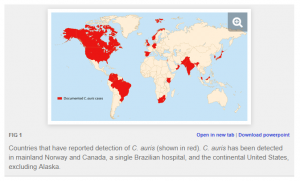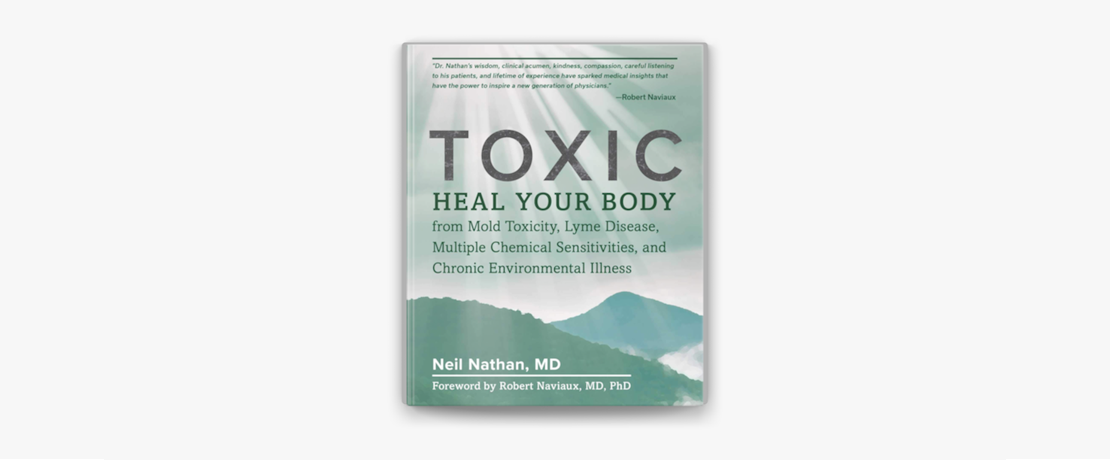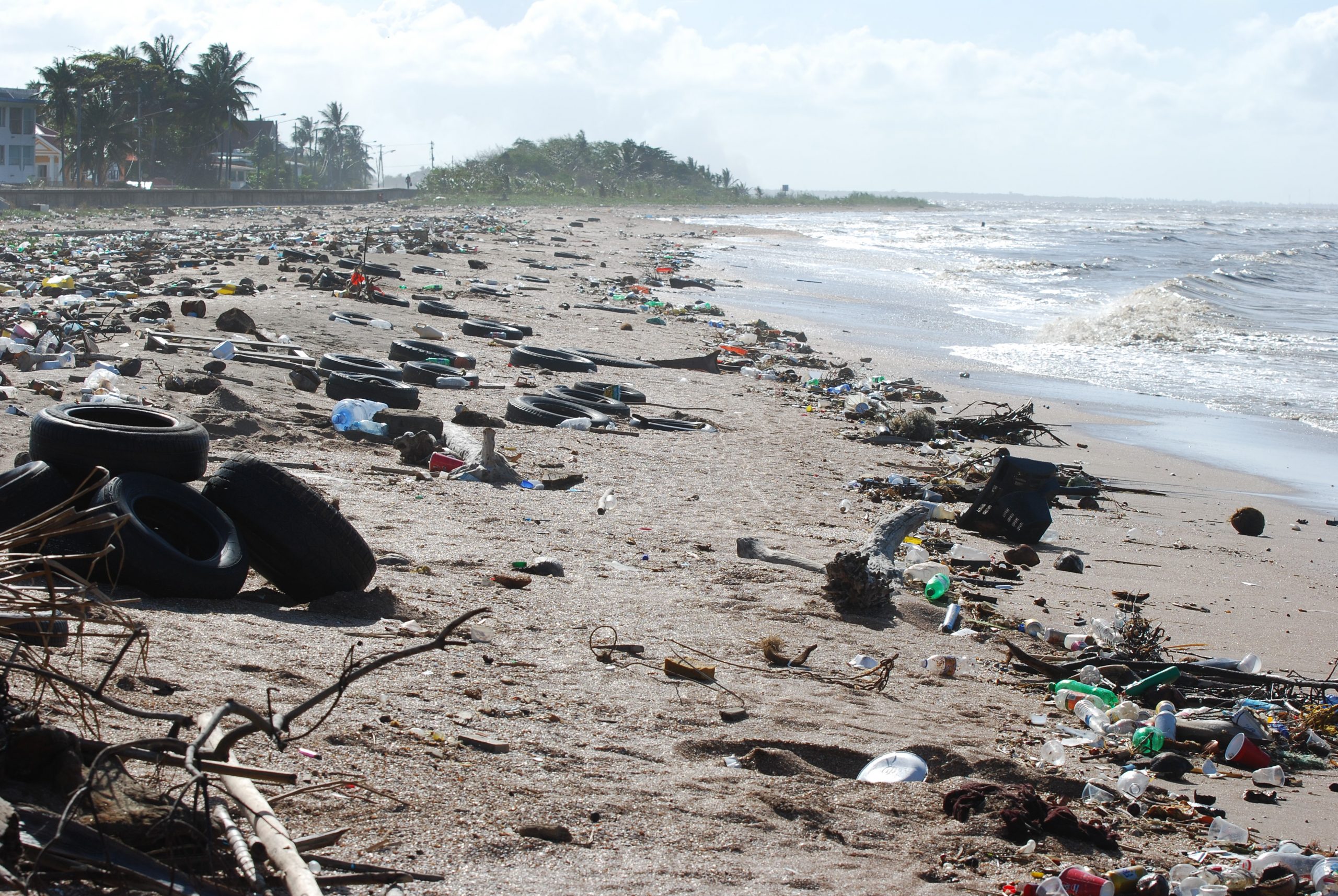CANDIDA AURIS HAS ARRIVED IN THE US!
Heads up, folks! Candida auris is on the scene. “What is it?”, you may ask. Candida auris is a recently discovered strain of yeast related to other Candida yeasts such as Candida albicans, the yeast that commonly causes thrush and female discharge especially after taking antibiotics. The important thing about Candida auris, sometimes just referred to as C auris, is that it is deadly and it is not killed by most of the manmade antibiotics that work on most other yeasts!
Candida auris is a dangerous new germ that arrived in the US in 2013
Candida auris was only first discovered in the ear of a 70 year old Japanese woman in 2009. The name “auris” is Latin for ear. Since then it has spread to 27 countries including the United States. The first case in the United States was in 2013. It has now been found in 11 states including one case in Texas as of February 2019. Candida auris is spread from one person to the other by direct skin to skin contact or it can be spread from one person to another by hand contact as for example a healthcare worker. The germ Candida auris is extremely hardy and has been cultured from the arm pit or groin of someone affected (colonized) for many months. It can also survive on a surface like a doorknob or countertop for over one month! Some of the more common cleaners and disinfectants will not kill it, but alcohol based disinfectants like many hand sanitizers will. The EPA has a list of sanitizers approved to kill the bacterium Clostridium difficile which seem to work against C auris. Note that bacteria and yeast are different, but C auris acts much like a bacteria in the body. It can infect wounds, blood and tissues including the brain.

Candida auris is often fatal if immunosuppressed
Research has shown that infection with Candida auris is more likely to occur and to prove fatal in folks who have weakened immune systems (depressed immunity/ immunodeficiency). This makes the very young and very old more at risk. Also anyone whose immune system is weakened by diseases like cancer or AIDS or immunosuppressing drugs is more prone to infection and serious outcome from infection.
Public health organizations around the globe are extremely concerned about the threat of Candida auris including our own Center for Disease Control- the CDC. Tom Chiller, PhD who heads up the Mycotic Disease Branch (MDB) is a lead spokesman for the CDC on the danger of C auris. All confirmed or even suspected cases should be reported to local public health officials.
The US Center for Disease Control is very concerned about Candida auris
In studying Candida auris, scientists discovered something quite unexpected. The unique DNA genetic material of isolates has been characterized and to the surprise of the scientists there are actually four distinct types of C auris depending on the geographic region. This has generated one theory that the four different types all “evolved” at the same time, perhaps in response to some, as yet, unidentified environmental stimulus. This makes one speculate about a wide range of environmental toxic threats like emf’s which now inundate us or the presence of many antibiotic and antifungal drugs or their breakdown products that exist as contaminants in our food and water.
In order to differentiate Candida auris from other less serious types of Candida, special drug susceptibility tests need to be performed in a specialty lab set up to do this type of testing.
Candida auris causes an illness similar to the blood infection known as sepsis. This is characterized by fever and chills. Depending on where in the body the infection occurs, other symptoms are possible. Candida auris infection may sometimes be treated with the class of antifungal drugs known as Echinocandins.
To prevent infection with Candida auris or to prevent spread from one infected individual to another it is important to practice what is known as universal precautions especially hand hygiene and contact precautions.
Many healthcare providers don’t know about the threat of Candida auris
At least for a time, don’t be surprised if you know more about Candida auris than your healthcare provider does. This is a new threat and the word is just now getting out. Some predict that this may prove to be a serious calamity to our overall health so it’s good to pay attention. Hopefully now you will have the information you need to protect yourself, your loved ones and your friends from this menace.
https://www.medscape.com/viewarticle/884470?src=par_cdc_stm_mscpedt&faf=1









